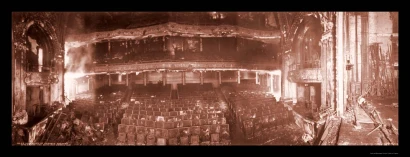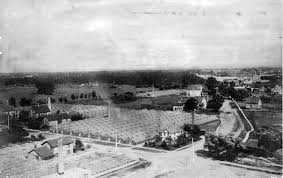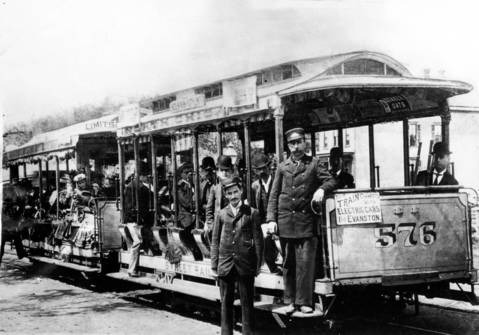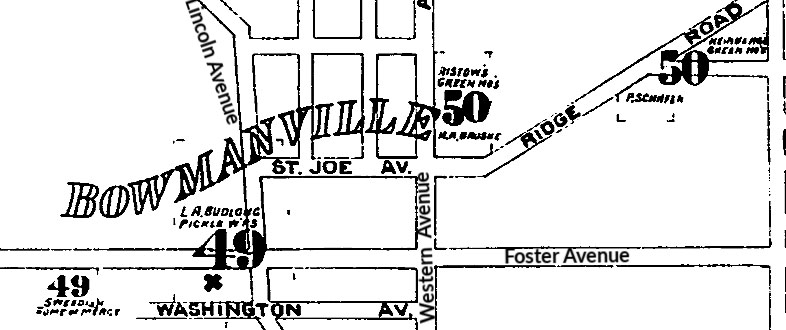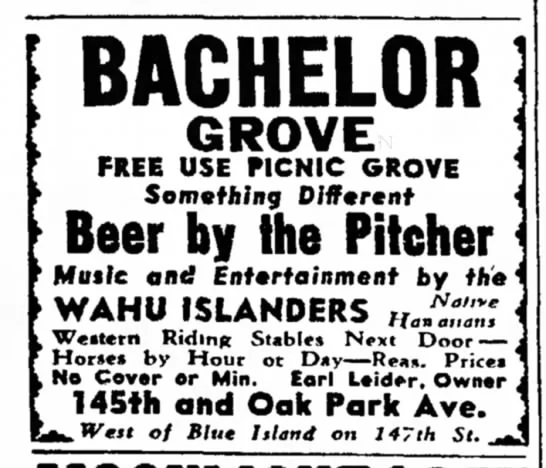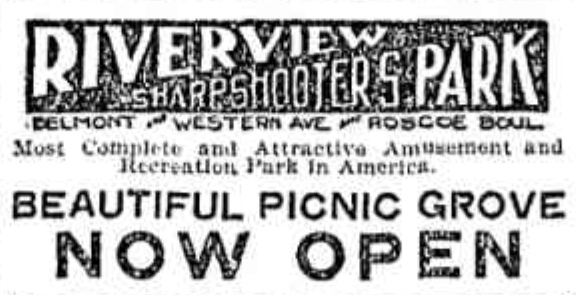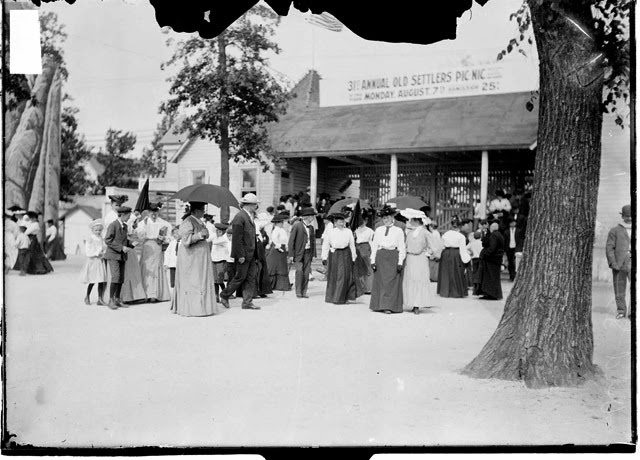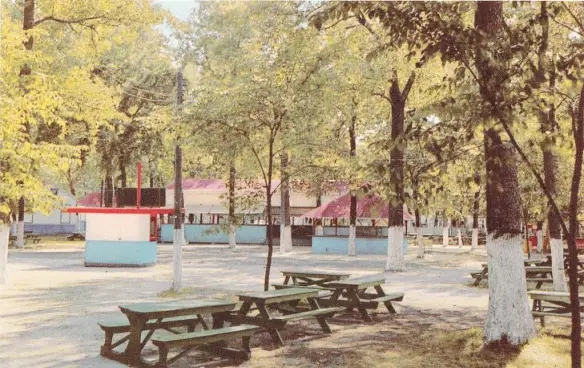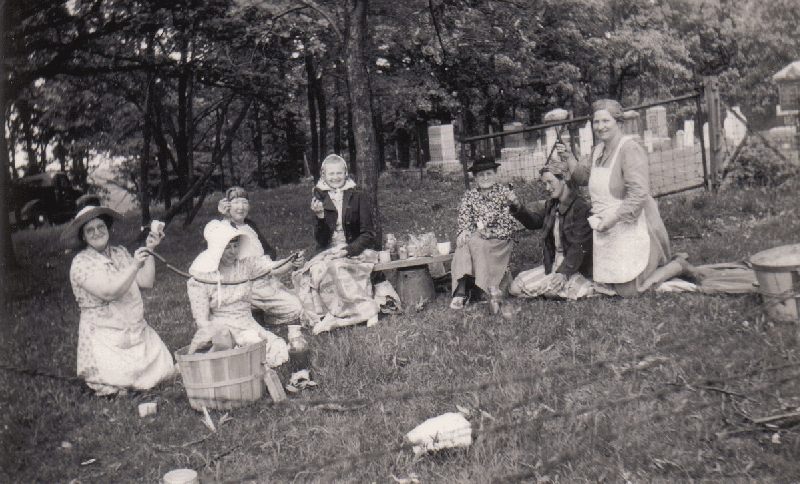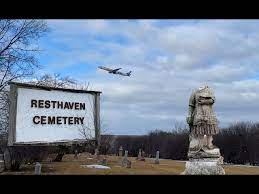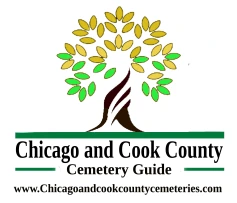 If this is your first visit:
If this is your first visit:
Discover great facts and stories about 272 Chicago area cemeteries. You will be surprised to find where the dead have been in and around Chicago.
803 cemetery listings:
Thumbnail information of 272 cemeteries, 258 cross references all found in the “list of all cemeteries” pages as well as over 300 Jewish cemeteries within other cemeteries, the majority in Jewish Waldheim
 The blog posts
The blog posts
contain my best and most interesting feature stories. Most will be about the Chicago area, Chicago area cemeteries, people you should know, historical events or simply strange.
Don’t miss! I’m the kid behind the birdcage.
Growing up in Chicago in the 1950’s
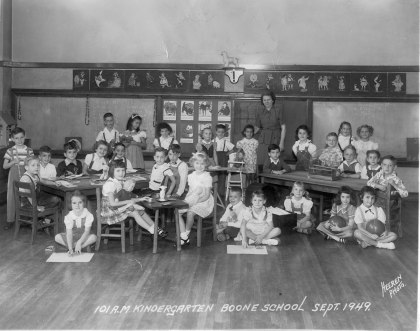
or Lane Tech High School
Three LANE Schools over a Clay Pit
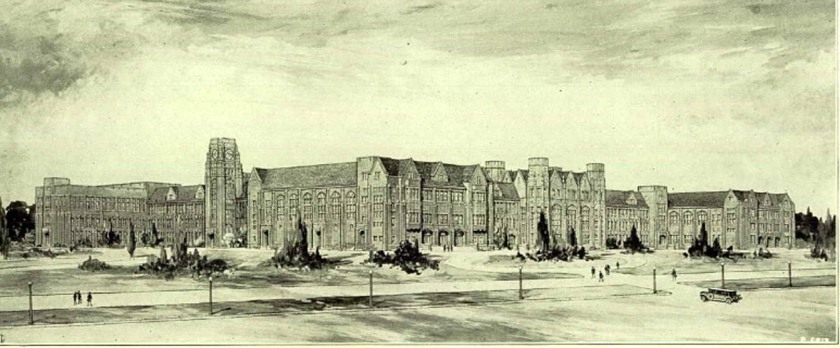
Read about Funeral trains serving the Cemeteries
Check out The Architecture of Death
or ROLLER COASTERS BETWEEN TWO CEMETERIES!
Don’t miss this just updated story (july 2022)
or some other popular ones An Elevator in a Cemetery! or The Battered Helmet
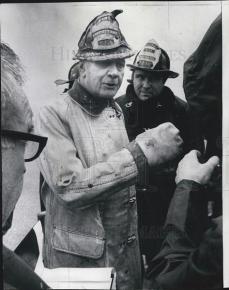
or even the very weird story Burial Cards: John’s left foot
There are more than 100 stories in the archives. Check back often as I have so many more stories to tell .
Don’t miss these most popular posts
“Absolutely fireproof” –A human Tragedy Iroquois Theatre Fire December 30 1903
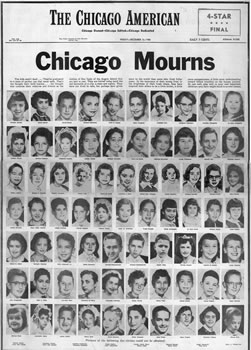
61 years ago -December 1, 1958 Our Lady of Angels school fire

When Chicago Cried The Eastland disaster

Don’t miss these useful posts
how to find one of your missing relatives
Why are Cemeteries where they are?
Cook County Cemetery at Dunning
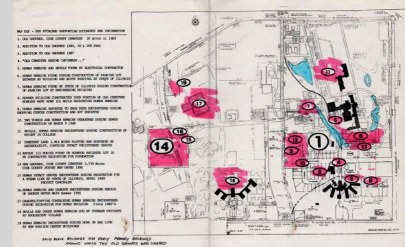
Grave Mistake-the Story of Cook County Cemetery at Dunning link to blog
the incredible story of how we lost and rediscovered
a cemetery containing 38,000 souls.
for the whole story, visit www.cookcountycemetery.com
A GOOD READ about Cook County Cemetery (Dunning): Grave Mistake by Harold Henderson Sept 1989 https://www.chicagoreader.com/chicago/grave-mistake/Content?oid=874451
If I can help you
with your question on a burial location of a lost relative, understanding a death certificate, or any cemetery question in general, email me and I will be happy to help
More often than not, my fee is 
write me
Barry A Fleig bartonius84@hotmail.com
About this website
This is the modern version of a cemetery book research project began about 1988. After visiting hundreds of cemetery sites, libraries, and other resources, I had decided to document all burial places in Chicago and Cook County. So instead of writing about the just most obvious and large cemeteries,
Why?
There is an urgency for us to know and appreciate all of these burial places and their stories. The landscape of Cook County, Illinois is constantly changing, often at the expense of our cemeteries. Farmland has given way to shopping centers, expressways, toll roads, airports and subdivisions. Neighborhoods, and communities of yesterday have been replaced with new construction, altering our land and disguising our rich history.
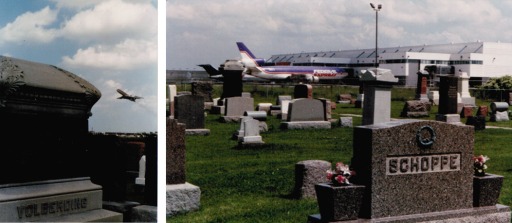
Saint Johannes Lutheran Cemetery within O’Hare International Airport, perceived by the City of Chicago to “be in the way”. The entire cemetery was disinterred and all graves were moved elsewhere.
Please come back to this website often and enjoy!
THIS WEBSITE IN THE NEWS:
How do you lose a cemetery!
Barry Fleig was interviewed on Extreme Genes radio by Scott Fisher. paste into your address bar, Turn up your speakers and enjoy :
Famicity, based in France, posted November 24 2017 written by Erin Harris. https://blog.famicity.com/2017/11/preserving-cemeteries-in-chicago-illinois/?lang=en
DNAinfo was a great print and electronic media in Chicago. Check out their Oct 29 2017 Article https://www.dnainfo.com/chicago/20171030/west-ridge/barry-fleig-cemetery-blog-sheiners-picnic-grove


